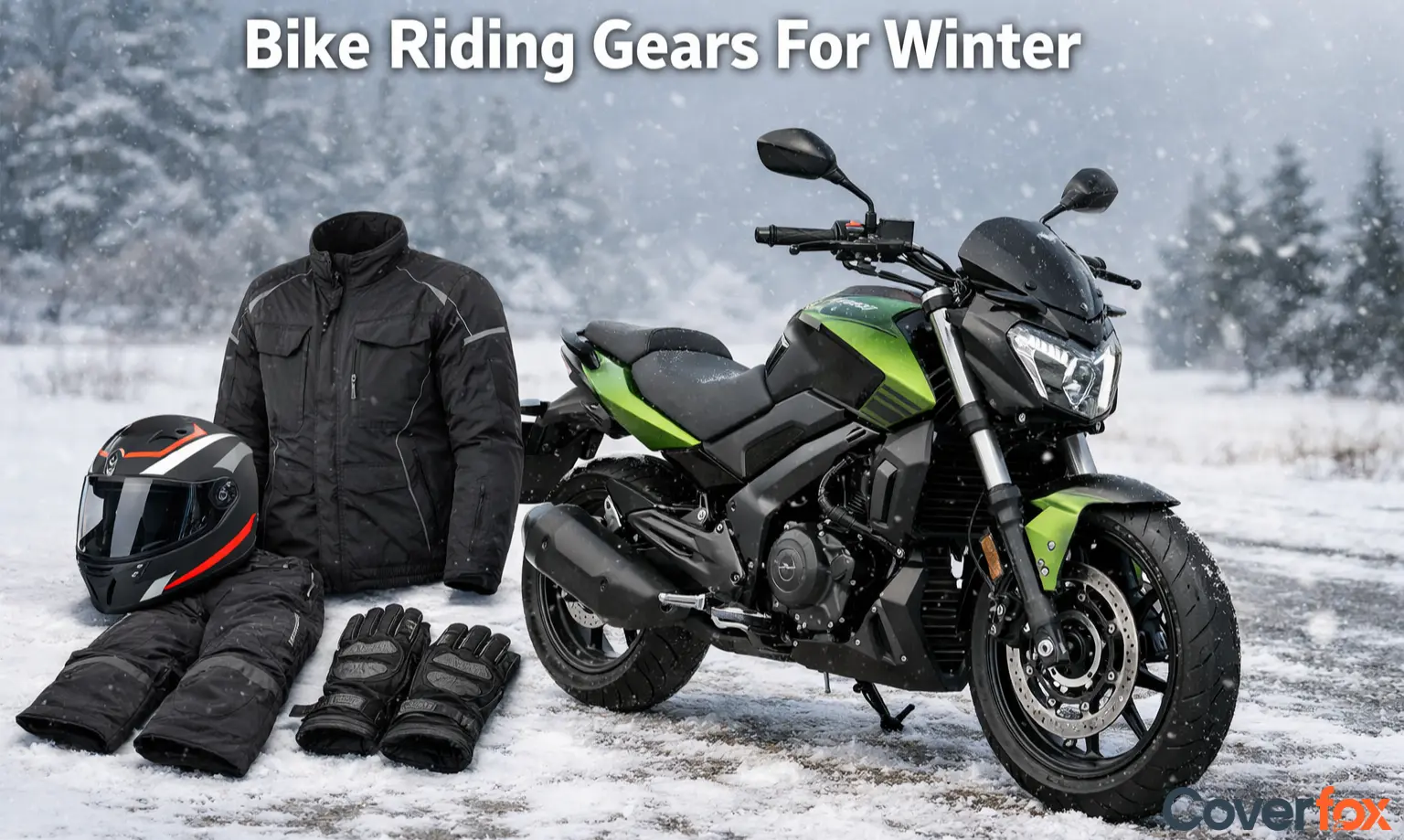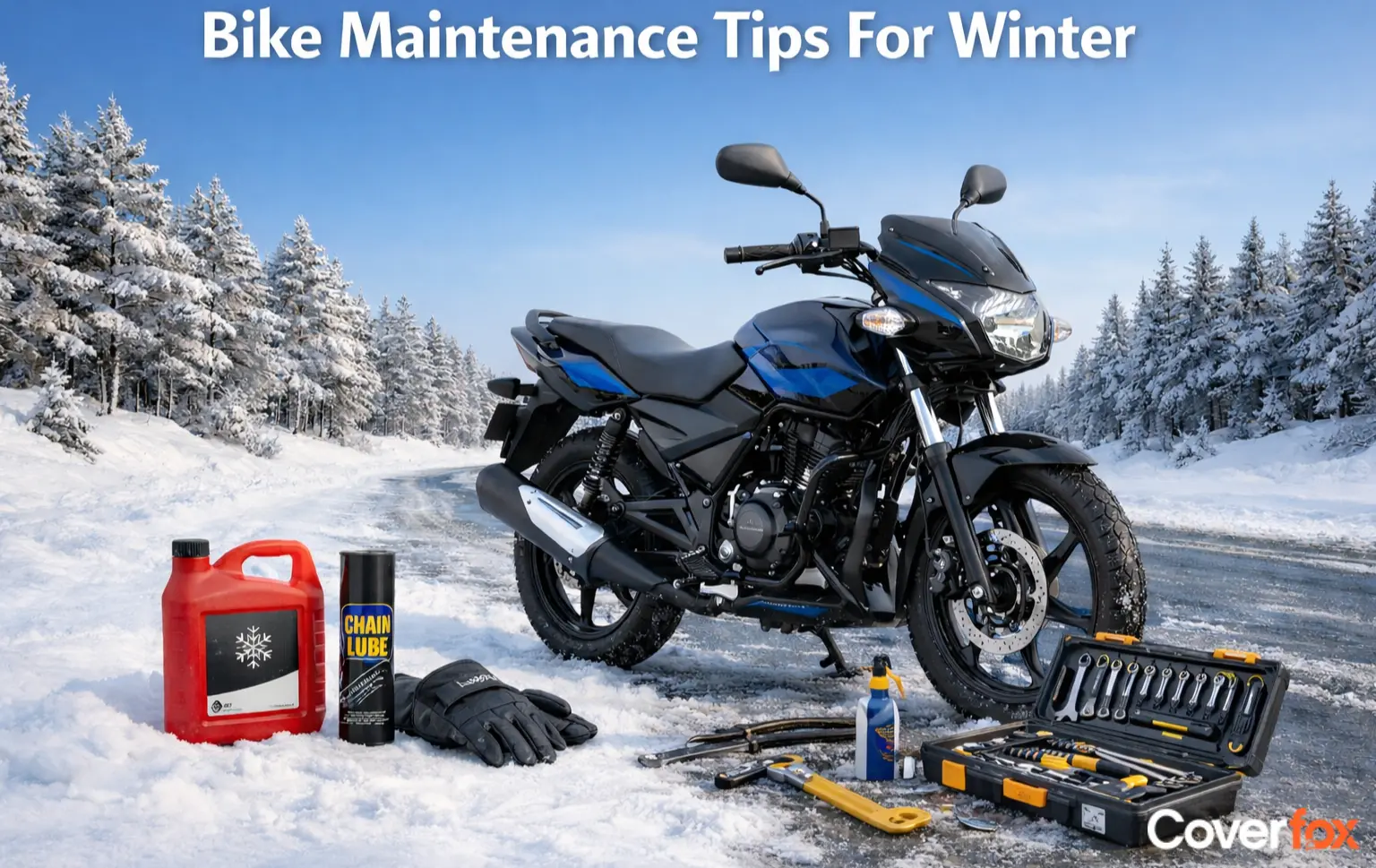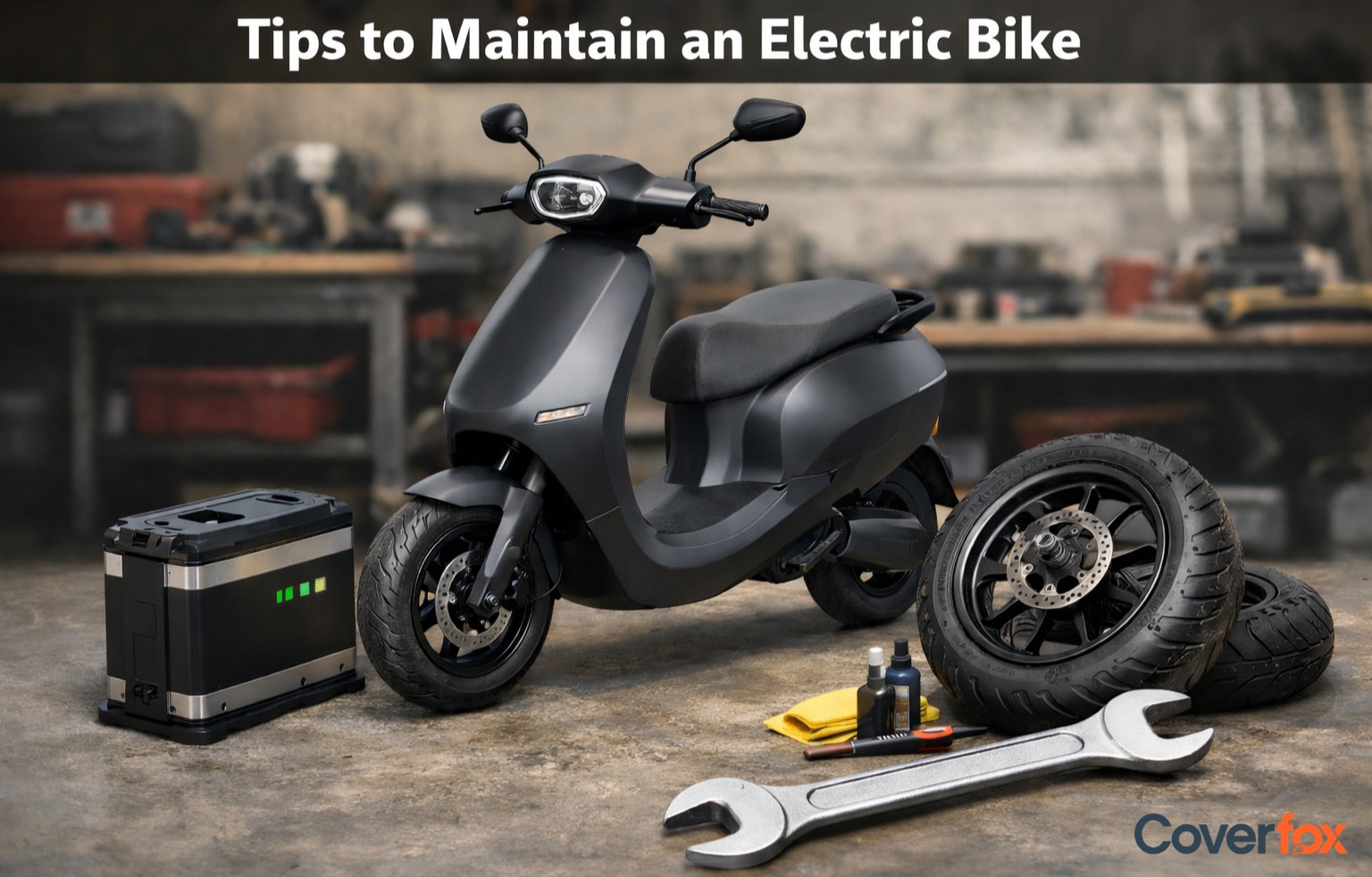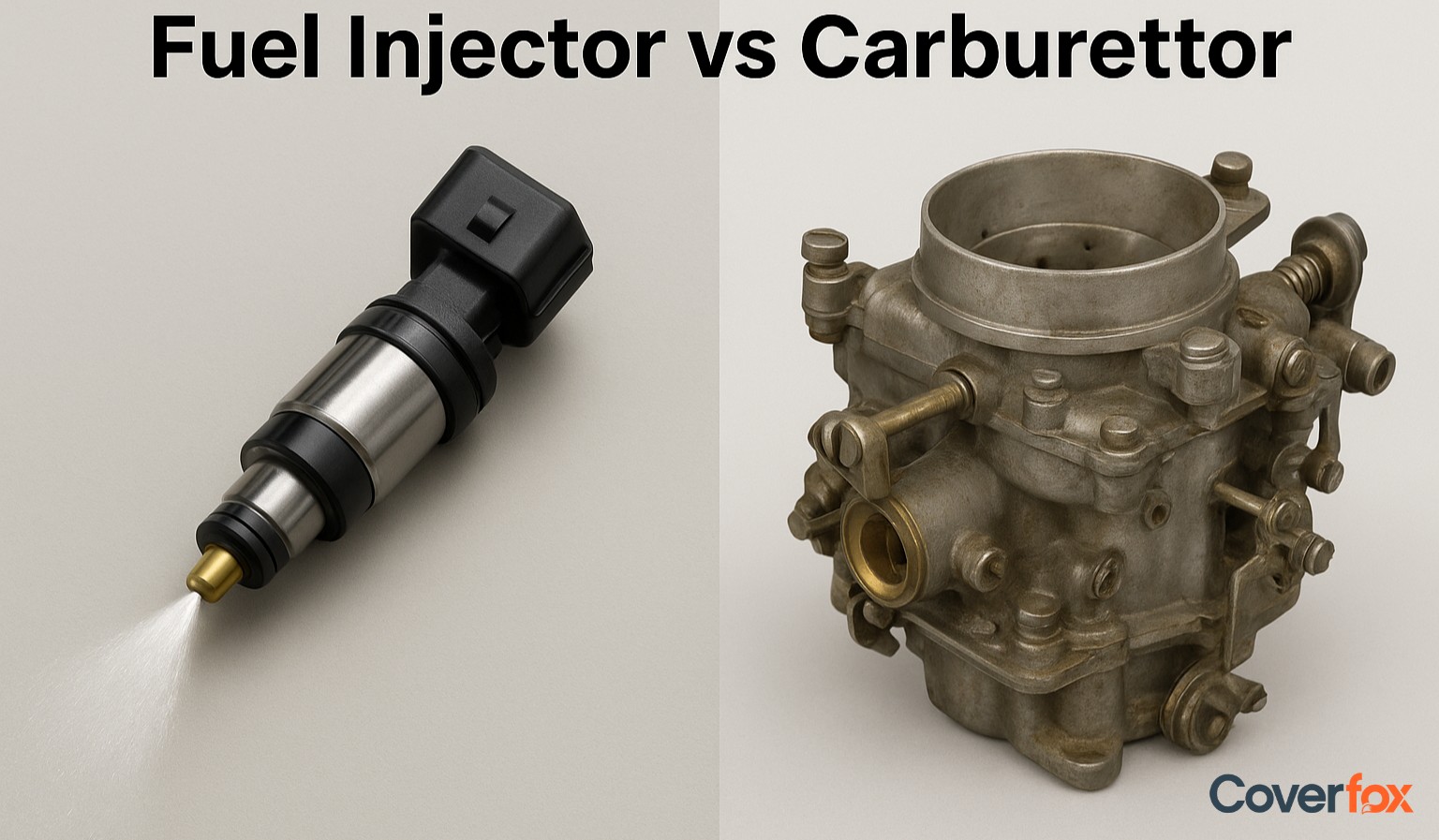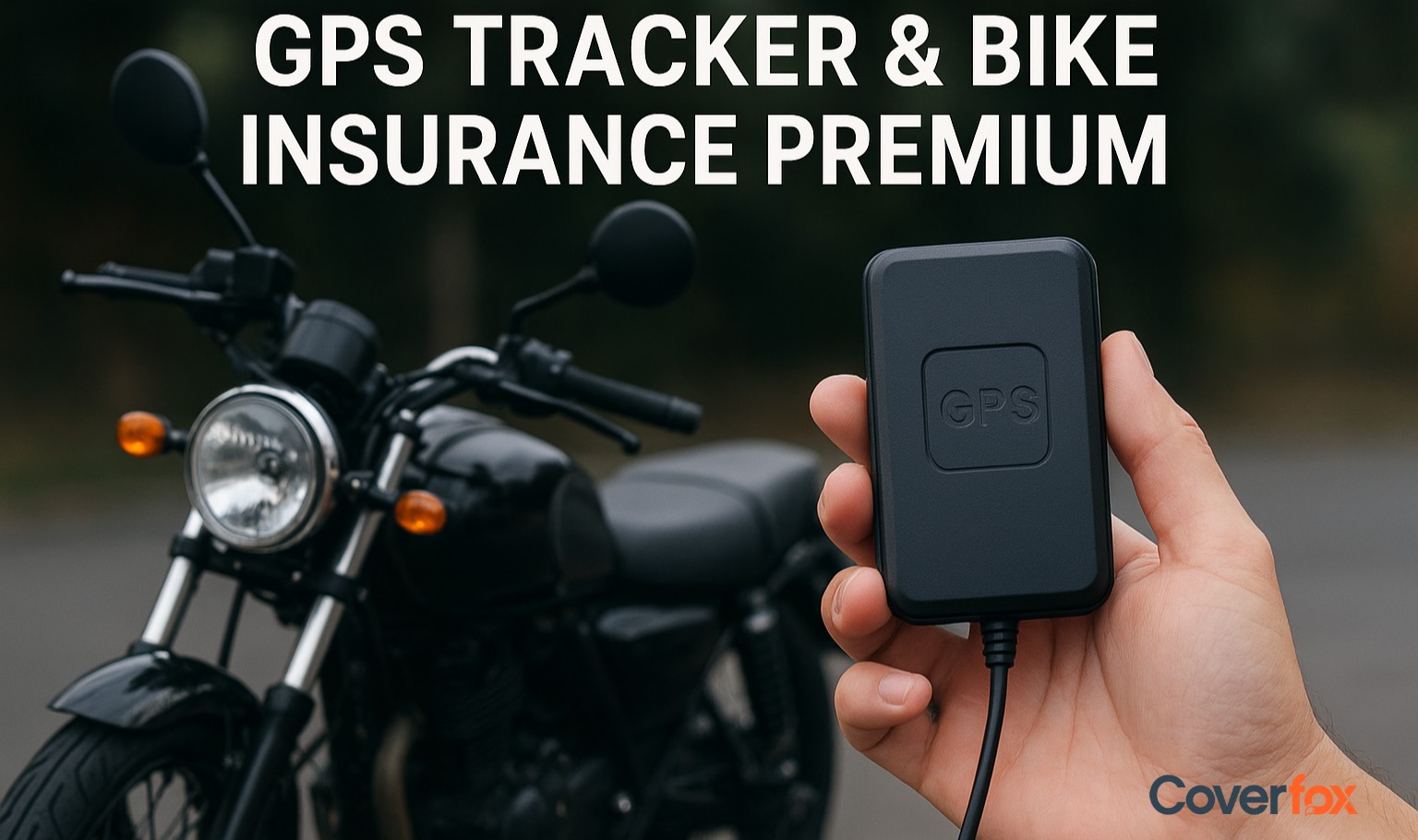While purchasing a new motorcycle, what type of start up the two-wheeler offers plays an important part. Well, there are 2 types of start ups in a two-wheeler. They are Kick start and Electric start. But, which start up option is better for you? Regardless of what type of start up you end up choosing, having a two-wheeler insurance takes priority. Anyway, let us understand through this article about the ins and outs of Kick start and Electric start.

What is a Kick Start?
For ages, a kick start was the only way to start up a motorcycle. Introduced in the early 20th century, kick starting a motorcycle was a signature move that riders used to get expertise in. However, over the years as technology advanced, electric start ups came into the market overshadowing the kick start system. Nowadays, most motorcycles have a kick start as a backup system, if the electric start fails. Still, kick starts are more reliable especially in narrow terrains and budget buys.
How does a kick start work?
- The rider forcefully kicks the kick lever downwards (Hence the name kick start)
- This rotates the crankshaft using a gear mechanism
- This rotation compresses the fuel-air mixture in the engine
- A spark is generated from the sparks plug
- The engine is ignited because of the spark
- If the process is successful, the engine is set into motion
A kick start system uses manual mechanical energy to ignite the engine. That is why, sometimes the rider has to kick the lever 2-3 times in order to get the engine to start up.
What is an Electric Start?
The Electric Start system revolutionised the motorcycle world. It brought the start up of the engine to a push-button convenience. First introduced in the mid 20th century, it gained momentum in the 1980s and 1990s as technology evolved. Unlike the traditional kick start, which required manual energy to start the engine, the electric start uses electrical energy to start up the engine, making it convenient for all ages and does not require much skill.
How does an electric start work?
- The rider presses the electric start button
- It sends a current to the starter motor
- The motor turns the engine rapidly via a starter gear
- The rotational force compresses the air-fuel mixture inside the engine chamber
- It ignites using spark plug
- Once combustion starts, engine takes over and motor stops
- If the process is successful, the vehicle is set in motion
This system uses instant ignition with the help of electrical energy at a push of a button making it ideal for urban commuters and quick start ups.
What are the Key Differences Between Kick Start & Electric Start?
The most notable key difference between the 2 start up systems is that kick start requires manual mechanical energy and electric start requires electrical energy. Other key differences include:
| Pros | Cons |
|---|---|
| Do not require battery | Requires physical effort |
| Low maintenance costs | Difficult to master, tough for people with leg injuries |
| Highly reliable in rural or off-road conditions | May require multiple attempts to kick start the motorcycle |
| Lightweight: doesn’t add much to overall bike weight | Not convenient for frequent short stops and starts |
Pros and Cons of Electric Start
Even though Electric start revolutionised the motorcycle world, it has its own flaws. Here is a quick overview of pros and cons of Electric start:
| Pros | Cons |
|---|---|
| Starts at a push of a button, no manual labour required | Fully dependent on battery |
| Quick and effortless, ideal for city traffic and frequent stops | Higher maintenance due to electrical components like starter motor, relay |
| Easy to operate for all riders, including beginners | Increases overall cost of the motorcycle |
| Modern and widely available in most bikes today | Adds a bit of extra weight and complexity |
| Smooth and reliable ignition in most weather conditions | May fail in extreme cold or during electrical faults |
Kick Start and Electric Start - Which One You Should Choose?
While both kick start and electric start have their own set of benefits and disadvantages, coming to a choice is really a question of need. If you are tight on a budget or looking for something robust yet antique, having a kick start sounds like a good option. If you want hassle free start ups and planning to do city commuting, maybe electric start is your way to go.
When is a Kick Start Bike Better?
A kick start is better at:
Rural areas:
Due to lack of mechanics and availability of battery on a moment’s notice, kick starts are preferred in the rural areas.
Off-road riding:
Going into deep mountains or difficult terrains where battery failures are possible, a kick start engine will save the day as it requires no battery.
Extreme cold weathers:
Batteries tend to fail under extreme cold conditions. A kick start is the only option to start your motorcycle then.
When is an Electric Start Bike Better?
An electric start is better at:
Daily Commuting:
Electric start is best if you are cruising through traffic jams. It provides quick and effortless ignition which is necessary while riding on city roads.
Beginners:
Beginners or casual riders would love electrical starts instead of learning the skill of kick starting a motorcycle every time they want to ride.
Comfort and Modern rides:
An electrical start is a modern technology that has made starting a motorcycle convenient and people who want comfort will always choose this over kick start.
Hybrid Bikes
Most modern bikes today have both an electrical start and a kick start. This feature has helped the riders with ease of quick start of electrical start and reliability of a kick start in case the quick start fails. These bikes are the most common choice amongst commuters because of the benefits it possesses, however it does add up to the weight and total cost of the bike.
Alternative Ways to Start Your Bike if it Fails
Many times, electric start fails due to low/dead battery or some electrical failures. At such times a hybrid bike offers the option to kick start. But what if, you are out in nowhere land and your bike does not have a kick start option and your electrical start fails? Well you can try out the following techniques in order to start your engine in case of an emergency:
1. Use the push start technique:
If your bike has a manual transmission, put the bike in 2nd gear. Then hold the clutch while someone pushes your bike. Release the clutch quickly while giving a little bit of throttle. The momentum helps the engine to ignite, starting the engine.
2. Use a portable jump starter or external battery
Connect the portable jump starter or the external battery to the battery terminals. Now use an electric start to start your engine. If you land in a sticky situation, having a 24x7 roadside assistance cover from your two-wheeler insurance will come in handy. Make sure you safeguard your prized possession with proper insurance.
Key Takeaways
To sum it up, an electric start is a more convenient option, but a kick start is a more reliable option. Having a motorcycle that provides both start options may serve in your best interest if it comes in budget. Whether you choose electric or kick start, a bike insurance policy will safeguard you from financial troubles, even when your battery dies out on you. Make sure you ride safely and ride smartly.
Frequently Asked Questions
Which is better, kick-start or electric start?
While electric start provides quick and easy start, it heavily depends on battery. On the other hand kick start provides reliable start but requires manual mechanical energy with some skills. Choose according to your needs, both have their own faults and benefits.
Are electric start and self start the same?
Yes, both are the same.
What is the difference between an ES and ELS bike?
While an ES bike has only one start option (electric), an ELS bike is a hybrid of both the systems (has both kick start and electric start options).
Does kick start require a battery?
No, a kick start does not require a battery.
Can I kick start a scooter with a dead battery?
Yes, kick starting a two-wheeler does not require a battery as it uses manual mechanical energy.
